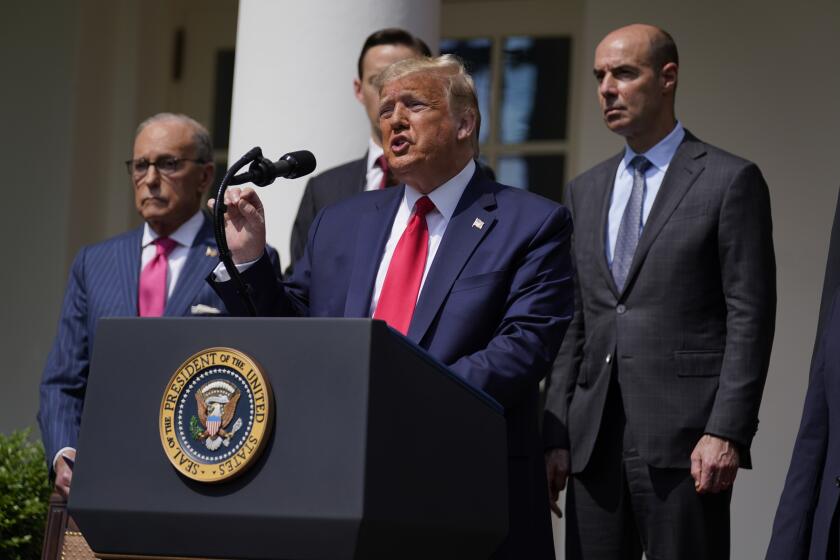Uber pays $20 million to settle claims it deceived drivers about pay
Uber Technologies is paying $20 million to settle allegations that it duped people into driving for its ride-hailing service with false promises about how much they would earn and how much they would have to pay to finance a car.
The agreement announced Thursday with the Federal Trade Commission covers statements Uber made from late 2013 until 2015 while trying to recruit more drivers to expand its service and remain ahead of its main rival, Lyft.
The FTC alleged that most Uber drivers were earning far less in 18 major U.S. cities than Uber published online. Regulators also asserted that drivers wound up paying substantially more to lease cars than the company had claimed.
“Many consumers sign up to drive for Uber, but they shouldn’t be taken for a ride about their earnings potential or the cost of financing a car through Uber,” said Jessica Rich, director of the FTC’s Bureau of Consumer Protection.
In a statement, Uber said it was pleased to resolve the dispute.
“We’ve made many improvements to the driver experience over the last year and will continue to focus on ensuring that Uber is the best option for anyone looking to earn money on their own schedule,” the San Francisco company said.
Most of the proceeds from Uber’s settlement will be paid out to drivers. Documents filed in San Francisco federal court didn’t spell out how many people will get a cut of the settlement or what the average payment will be.
To ensure that cars are widely available, Uber has persuaded hundreds of thousands of people in the U.S. to become drivers by dangling the lure of making money at any time that’s convenient for them. The drivers are considered independent contractors, which is another contentious issue because the classification excludes them from many of the benefits and protections given to full-time employees.
As part of its recruitment efforts, Uber has floated enticing estimates about how much drivers can make picking up passengers in densely populated cities.
The FTC’s case took issue with how Uber presented its earnings estimates.
For instance, in a statement published on Uber’s website from May 2015 through August 2015, Chief Executive Travis Kalanick boasted that the mid-range annual incomes of the service’s New York city drivers exceeded $90,000 and the mid-range annual earnings of its San Francisco drivers topped $74,000, according to the FTC. The agency’s investigation determined that the actual mid-range income for the New York drivers was nearly one-third less, at $61,000, and 28% less in San Francisco, at $53,000, during the year leading up to Kalanick’s statement.
In August 2015, Uber revised its statement to specify its estimates reflected drivers’ “potential” incomes in those two cities. The FTC says less than 10% of Uber drivers in New York and San Francisco hit the income levels circulated by the company.
SIGN UP for the free California Inc. business newsletter »
Uber also exaggerated the average hourly earnings of its drivers in 16 other U.S. cities and Orange County in California, according to the FTC’s complaint.
Regulators also blamed Uber for referring drivers to car financing programs that charged more than the company had promised.
The FTC approved the settlement in a 2-1 vote. The dissenting voter, FTC Commissioner Maureen Ohlhausen, objected because she didn’t believe Uber’s actions harmed consumers.
MORE TECHNOLOGY NEWS
Snapchat maker strikes back at ex-worker who alleged fraud
Lawsuits blame Facebook and Twitter in terror attacks in Paris, Brussels
Qualcomm is accused of anti-competitive tactics
WhatsApp’s privacy woes show how messaging app tries to balance security and ease of use
More to Read
Inside the business of entertainment
The Wide Shot brings you news, analysis and insights on everything from streaming wars to production — and what it all means for the future.
You may occasionally receive promotional content from the Los Angeles Times.










